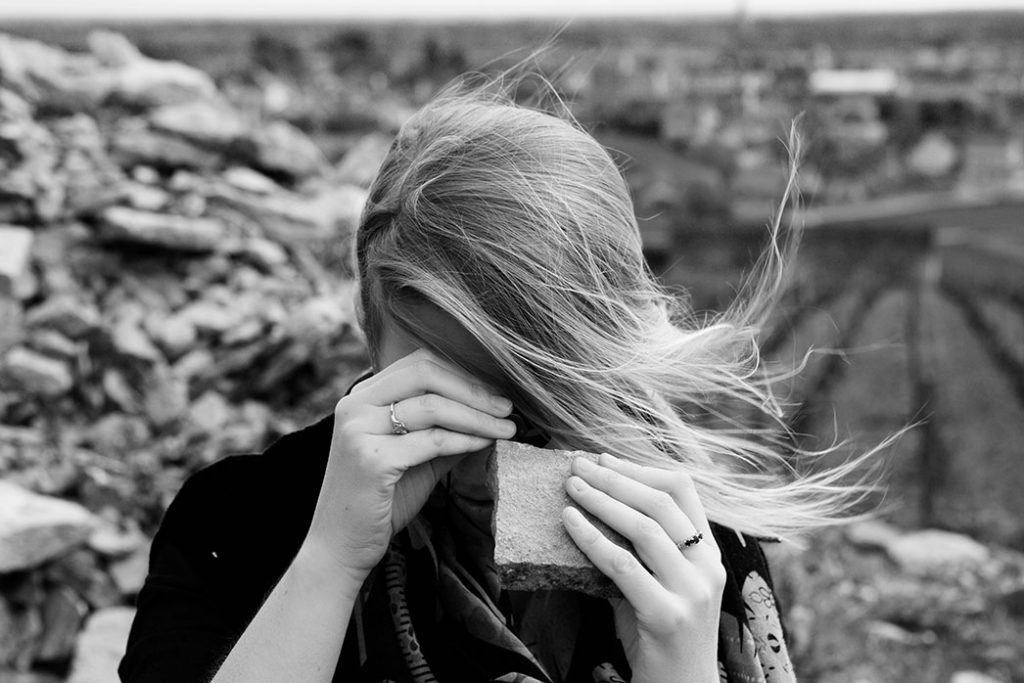
The Source is the first importing company (we know of) and perhaps the only one to have a staff geologist, Brenna Quigley. And now she’s off to Burgundy to put in a month of scratching and digging and surveying (or whatever geologists do) with the Wasserman family, who are bringing her over to get a worm’s eye view of some of the great vineyards of the Côte d’Or. On the eve of her departure for what will hopefully be a great month and a big step in her own career evolution, I conducted a little interview with Brenna to check in.
With a newly minted masters in geology from UCSB, Brenna joined the team last year mainly because founder Ted Vance has an insatiable interest in geology and believes at least some of the answers to wine’s mysteries are contained in the rocks and soils in which vineyards and regions are rooted. Brenna had a budding interest in wine herself, so at the beginning she and Ted traded lessons in wine and geology.
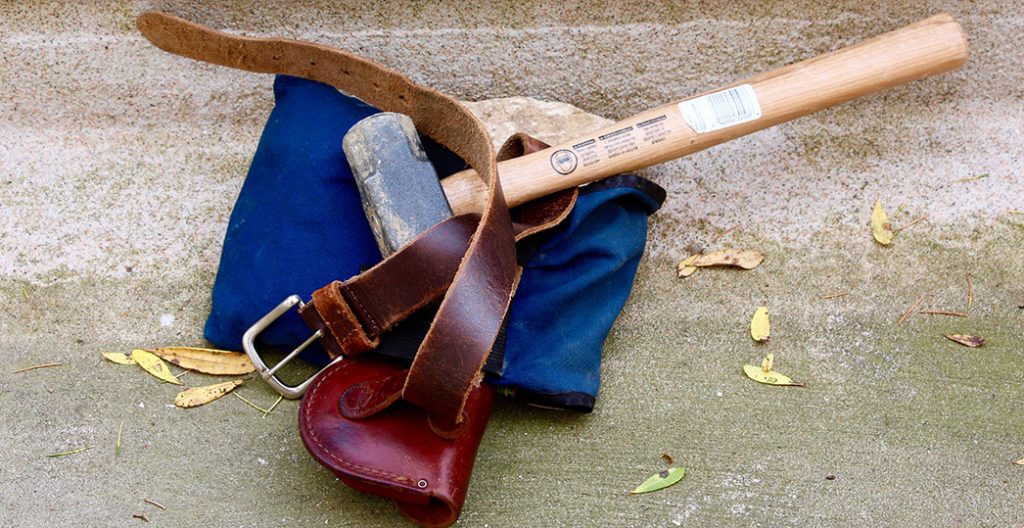
There’s a small but perhaps growing tradition of geologists working in wine. Some notable books have come out of this dynamic: Land and Wine by Charles Frankel; The Winemaker’s Dance: Exploring Terroir in the Napa Valley by Jonathan Swinchatt; Terroir by James Wilson; and Great Wine Terroirs by Jacques Fanet. Likewise, I remember the estimable “Dr. Dirt” Daniel Roberts, whom I met years ago with the late Jess Jackson, and Françoise Vannier, who is currently working for many vintners in Burgundy, helping them understand their vineyards. While the ability of geology to explain anything about wine is still in its infancy, the attraction of people like Brenna to the field can only help. Lots more of the wonderful work she and Ted have been doing on geology and French wine will be posted on the Source website in coming weeks and months, so stay tuned! — Jordan Mackay
JM: So you’re going back to Burgundy! For someone who’d never been before last year, it’s now like your second home. What’s the agenda for this trip?
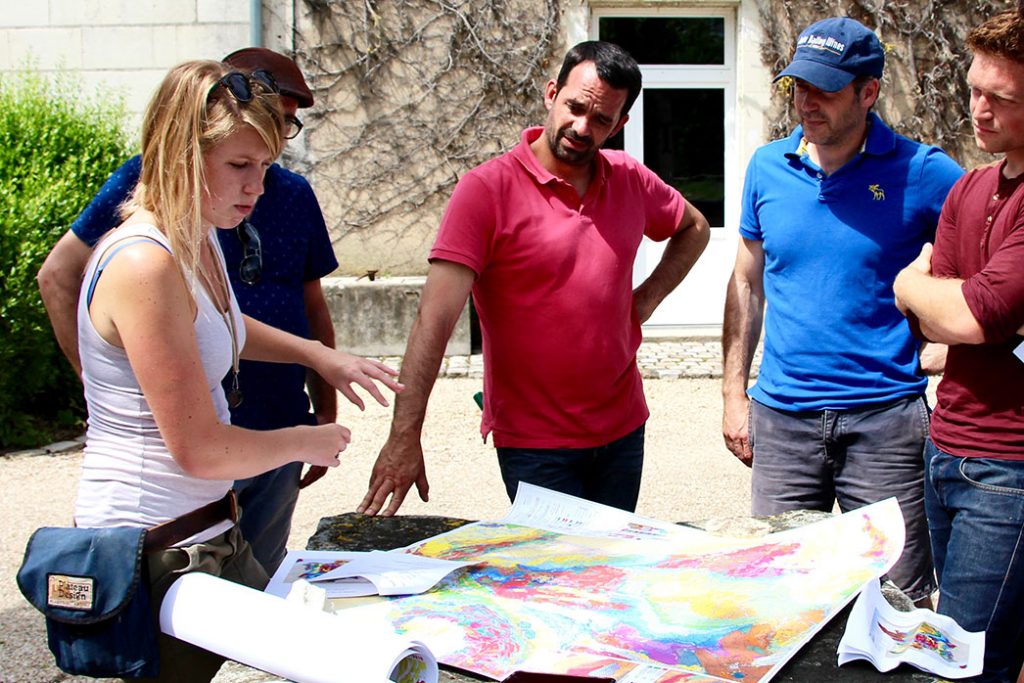
BQ: We’re going to do what we’ve done in the past on my trips with Ted, where we go on vineyard walks, explore the land, and talk to winemakers, but this time the goal will be to get a more in-depth geological impression of each individual vineyard. We will combine all of the information we can get from geological, soil, and vineyard maps with my observations, and with the observations of the vigneron. The final product will be a short paragraph on each vineyard summarizing all of the components that we feel contribute to its unique terroir.
JM: You come from a geological family, right? Your dad is a geologist with a company that carries out geological explorations for various industries and your brothers and sisters are geologists too, right?
BQ: Yes, but my oldest brother is an artist.
JM: So how does your family feel about your going off into the barely existent field of geology and wine?
BQ: They’re all very jealous. [Laughs.]
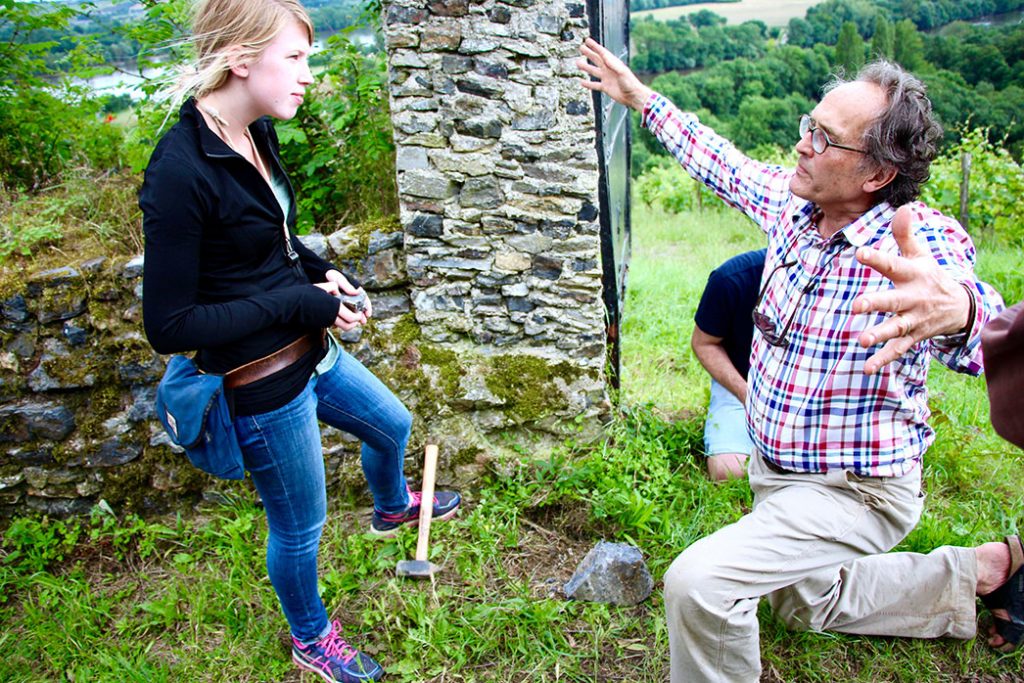
JM: They’re not dubious about it? They don’t think this is geology light?
BQ: They’re definitely not dubious. I guess when I talk with other geologists, I’m always careful not to overstate what the field of geology can offer wine. But for the most part they seem just as excited about there being a connection between place and wine as the wine experts I deal with. I actually even got that in grad school: On weekends a group of us would go wine tasting, and you’d have field geologists, geochemists, and geomorphologists all tasting wine together, and we would hypothesize about what geologic components might exist.
JM: At that time, I’m sure you had no idea you would be able to dip your foot into this professionally.
BQ: No, it was something we all talked about, like “wouldn’t that be great? There has to be a way to understand these things more.” And that’s before I even knew what the word terroir was. I didn’t even know that side of things existed.
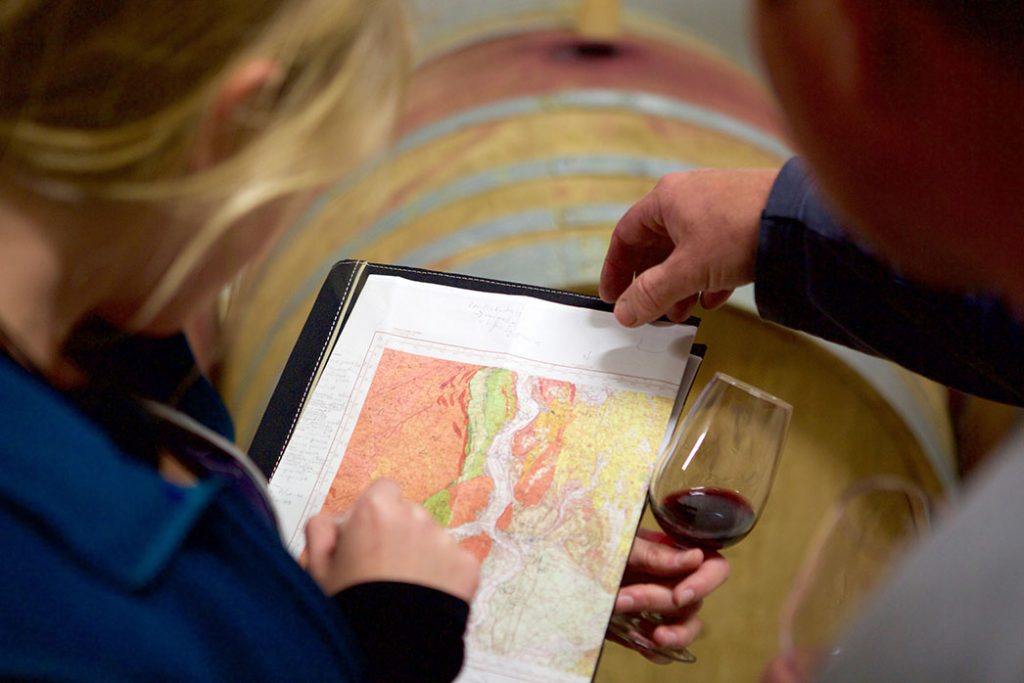
JM: It’s interesting, though, because you had the intuition. As you so eloquently described at The Source geology seminars you and Ted put on, geology impacts everything in one way or another. So why wouldn’t it impact wine? You could see that instinctively as a student.
BQ: Yes. I just gave a little talk to a geology class at UCSB the last time I was in Santa Barbara, and the way I presented it to them was to say that it’s natural to be a bit skeptical the first time you mention terroir or say a wine is reflecting a specific place. I like to introduce the idea by starting with the biggest, broadest concepts and then keep zooming in. For instance, you wouldn’t grow bananas in Minnesota. If you tried, you might find it rather difficult, and if you were able to produce some bananas, they probably wouldn’t taste very good. So even if this sounds obvious, it’s a starting point to then look at all of the factors that make it obvious.
JM: And as soon as you project that forward, you can say, well, if you can contrast Ecuador with Minnesota, why not look at this hillside versus that one for grapes? So, sure the logic follows. On the one hand, we know there’s a great and important connection between geology and wine. On the other hand, we also know the current limits of geology’s ability to explain what’s in the glass. Will this project further that or are you still basically working to describe vineyards geologically?
BQ: I think the latter. For me, observing and beginning to understand the vineyards is still the most valuable thing I can do, for now. I believe it’s a great step because the vignerons have been working in these vineyards and making the wines for years, or even decades. They understand the place and the wines more intimately than I ever could in just a couple of days. Gathering observations from these people is an excellent source of raw data. It’s getting a very diverse set of opinions and experiences that have been collected and honed over years and years. So before I’d want to do anything more directly scientific, I’d first want to do exactly this—understand the current state of thinking and what ideas stick out as the most successful. The next step will be to start testing these ideas.
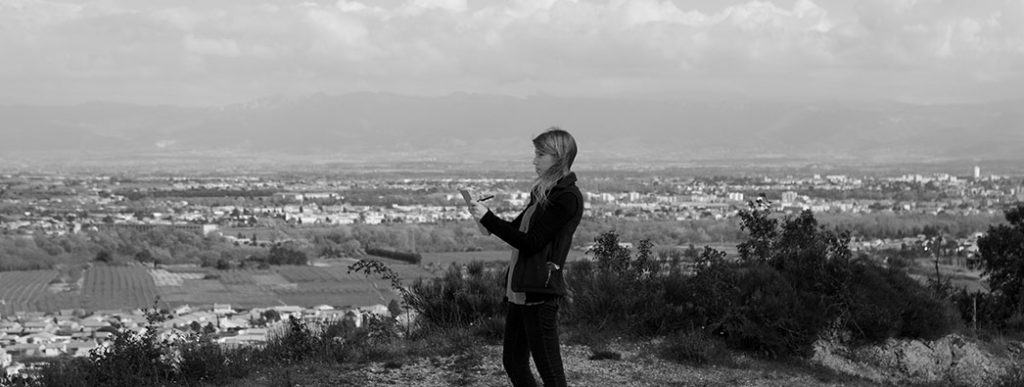
JM: If you could push forward the relationships between natural sciences and wine growing, making, and drinking, what breakthroughs would you like to see? And how could you imagine your job in the future?
BQ: One thing I would like to see is a push towards being a little more systematic in the way we think and test these potential processes. This includes systematically testing the physical and chemical components of terroir—like, soil structure and chemistry, topography and hillslope aspect, to see how they are working together, and how small changes may influence the wine. But I would also like to extend this thought process to the tasting side of things as well. I think that talented tasters could provide a whole new dataset on the impressions that different terroirs can impart to a wine, but for this to be significant we would have to make it a little more structured, and a little more anonymous.
JM: You mean rather than just sitting in a room and nodding their heads in agreement at each tasting note before calling it a day and finishing the bottle? Yes, I get that. So things like oil industry geologists or mineral geologists have existed for generations. But until just a few years ago the idea of a wine geologist was a fairly new concept and there are only a handful of people in the world that do this. But all of a sudden it’s starting to sound like a viable profession. You’re only 26 years old. Do you feel you’re starting down the path of a real profession and one that’s desirable to you?
BQ: Absolutely. I can’t imagine being more passionate or excited about a subject than I have in the past few years with The Source, and I’m excited to see how the work itself will mature. I would love to one day contribute to the way we think about terroir, and maybe one day make some progress in understanding the mechanisms that control it.
JM: So you leave in a couple of days for, what is it, a month in Burgundy with the Wasserman family?
BQ: That’s right. It will be great to have more time to focus on one specific region. Other trips have allotted only a few days in a number of different places. I’ve seen a lot and gotten to understand the big geologic picture of several wine regions. But my thought when I first visited Burgundy was, this is going to take way longer than a week! It’s very complicated. There’s a bigger story to tell, and we were just scratching the surface. This will be a deeper dive.
JM – Well, Burgundy is still a massive mystery to those of us who’ve been there many times. I can’t wait to see what comes out of your work and I look forward to reading more of it at the Source and the Wasserman sites. The more knowledge, the better for everyone. We’re all excited to see what sort of things you may be able to add to the field, whether this year or over what we hope will be a long and fruitful career. Bon Voyage!

